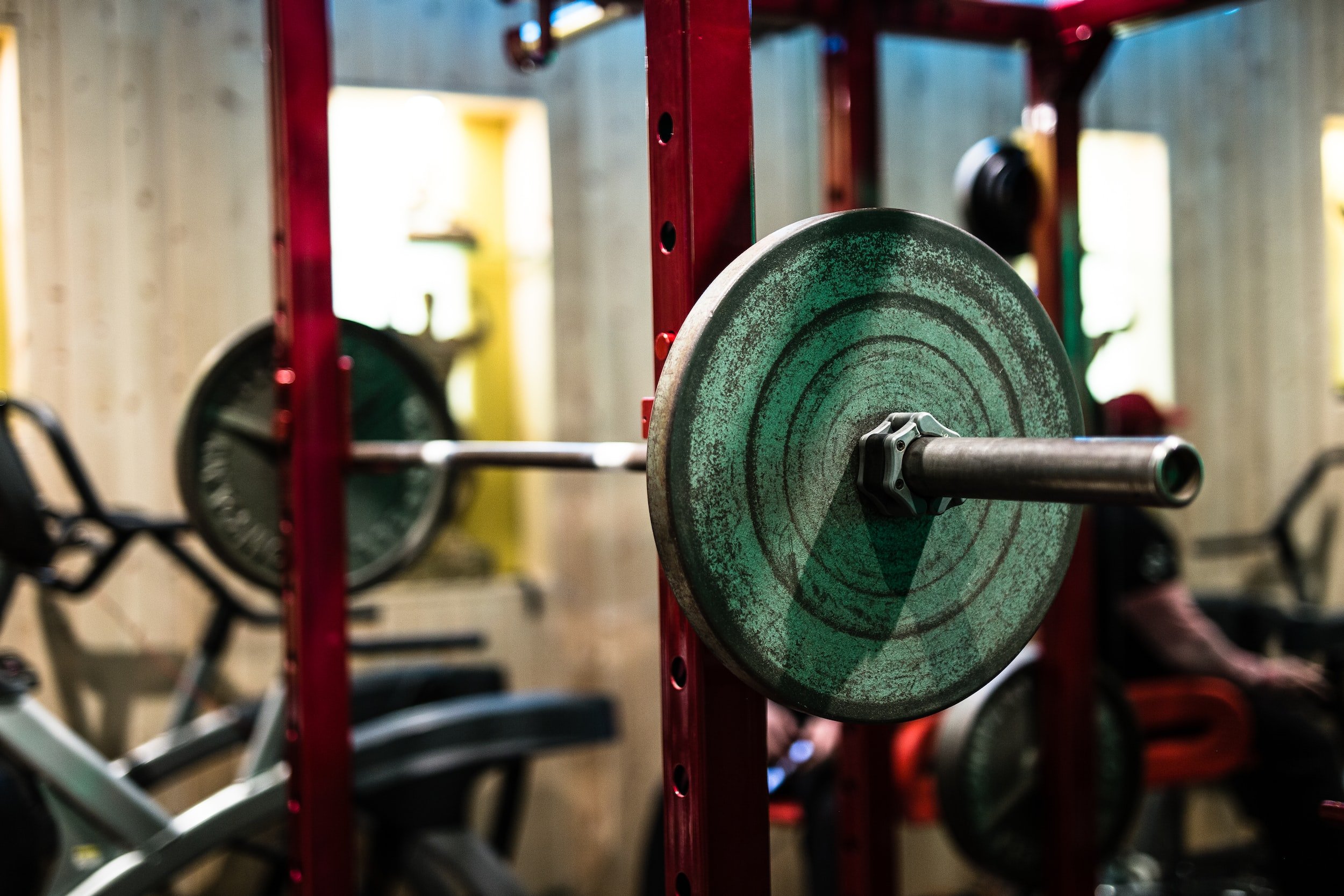Home Gyms
In the era of the pandemic and social distancing, home gyms have become more popular than ever. They were well popular before that, but they have since been accelerated in growth. And today, people seem to really love the convenience of a home gym. They offer a convenient and safe way to stay fit and healthy without having to leave your house. Investing in a home gym may seem like a daunting task, but it is an investment in your health that can provide numerous benefits. In this article, we will discuss the benefits of home gyms, the different styles of home gyms, best equipment for them, typical prices, and how to pick the best one for the space you have.
Benefits of Home Gyms
One of the most significant benefits of a home gym is the convenience it provides. You no longer have to worry about gym hours, commuting, or waiting for equipment. You can exercise whenever you want, as long as you want. Having a home gym also means that you can customize your workout routine based on your fitness goals and preferences.
Home gyms also offer privacy, allowing you to work out in a comfortable and non-intimidating environment. This can be particularly helpful if you are new to working out and do not feel comfortable in a gym setting. Home gyms also provide a safer workout environment, reducing the risk of injury or exposure to germs and viruses.
Styles of Home Gyms
There are several styles of home gyms, each with its own unique features and benefits. Some of the most popular home gym styles include:
Multi-station Gyms
Multi-station gyms are the most common type of home gym. They come with several exercise stations and a variety of weights, making them ideal for strength training. They also usually have a bench for doing a variety of exercises, such as bench presses, leg curls, and leg extensions.
Power Racks
Power racks are versatile and provide a comprehensive workout experience. They are ideal for weight training and allow for a variety of exercises, including squats, bench presses, and pull-ups.
All-in-One Gyms
All-in-one gyms combine multiple functions into one piece of equipment, making them ideal for people with limited space. They usually have several stations, including a leg press, chest press, and a lat pulldown.
Free Weights
Free weights are an excellent choice for those who want to target specific muscles and have a more advanced workout. They come in various shapes and sizes and can be used for exercises such as squats, bench presses, and curls. And let’s not forget about an old fashioned bodyweight workout too!
The best equipment for a home gym depends on your fitness goals, space, and budget. Some essential equipment includes:
Weights
Weights are essential for strength training and building muscle. You can choose from a variety of weights, including dumbbells, barbells, and kettlebells. All great for backyard workouts!
Cardio Machines
Cardio machines such as treadmills, ellipticals, and exercise bikes are ideal for burning calories and improving cardiovascular health. They are also excellent for warm-up exercises.
Resistance Bands
Resistance bands are an affordable and portable alternative to traditional weights. They can be used for a variety of exercises, including bicep curls, tricep extensions, and shoulder presses.
Typical Prices of Home Gyms
The cost of a home gym can vary depending on the equipment you choose, the space you have, and your fitness goals. However, a basic home gym can cost as little as $500, while a more advanced gym can cost several thousand dollars.
Investing in a home gym can be a great way to save money on gym memberships and have the convenience of working out at home. Here are some factors to consider when investing in a home gym:
Space: Determine how much space you have available for your home gym. Make sure you have enough room for the equipment you want to purchase and enough space to move around while working out.
Budget: Set a budget for your home gym and stick to it. Make sure you take into account the cost of equipment, flooring, and any other accessories you may need.
Fitness goals: Consider your fitness goals when selecting equipment for your home gym. If you want to build muscle, you may need weights or resistance equipment, while if you want to improve your cardiovascular fitness, you may need a treadmill or an exercise bike.
Maintenance: Consider the maintenance requirements for the equipment you are purchasing. Some equipment may require regular maintenance or repairs, so make sure you are prepared for any additional costs.
Noise and vibration: If you live in an apartment or have neighbors close by, consider the noise and vibration levels of the equipment you are purchasing. Some equipment may be noisier or vibrate more than others, so take this into account when selecting equipment.
Safety: Make sure the equipment you are purchasing is safe and meets safety standards. Look for equipment with safety features such as safety locks, non-slip surfaces, and sturdy construction.
Personal preferences: Consider your personal preferences when selecting equipment for your home gym. If you prefer a certain type of workout, such as yoga or Pilates, make sure you have the appropriate equipment to support your routine.
By considering these factors, you can create a home gym that meets your fitness goals, fits your budget, and is safe and convenient to use.

